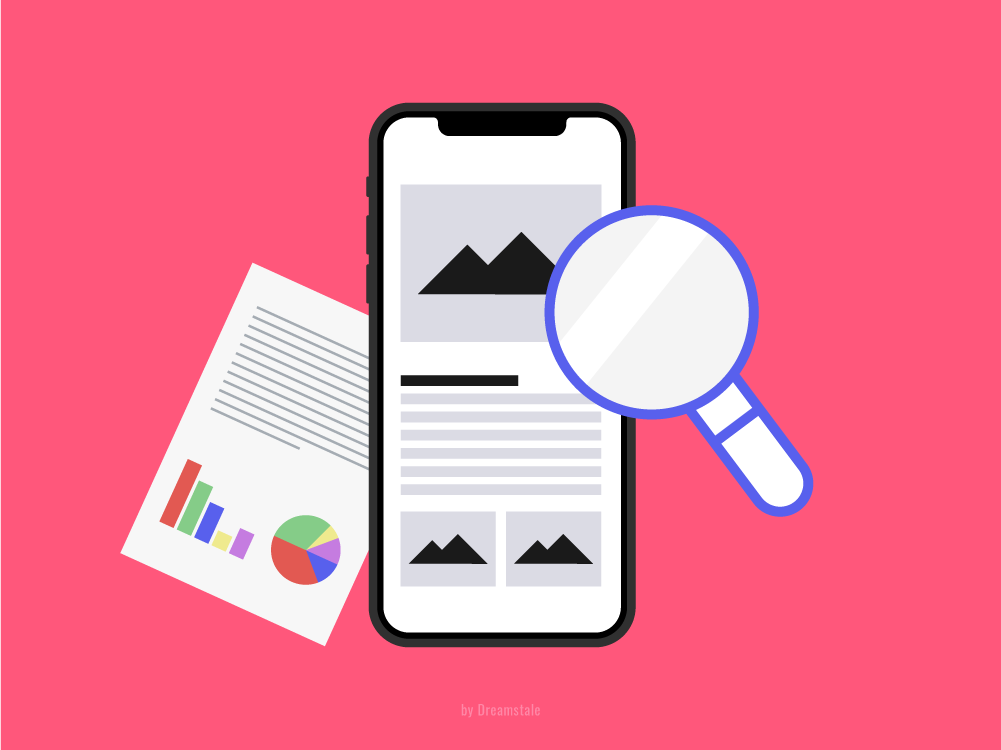
From ROAS to POAS: What Most E-commerce Stores Get Wrong About Advertising
For years, online retailers have judged the success of their ads by looking at one number: ROAS (Return on Ad Spend). It seems simple — if you spend €1 and earn €4 back, you have a 400% ROAS. But there’s a problem: ROAS only looks at revenue, not at profit. A campaign can generate sales, but if those sales are unprofitable, the store still loses money. This means that many brands celebrate growth without realizing that the bottom line is shrinking. When a business focuses only on turnover, it risks ignoring the true financial health of its operations.
The Limitations of ROAS
ROAS tells you how much revenue you get for every advertising dollar spent, but it ignores operational costs such as shipping, product cost, payment fees, and returns. Two campaigns with the same ROAS may have completely different profit outcomes. Imagine two ads that both return €10,000 in revenue. One campaign sells products with a 70% margin, while the other pushes low-margin items with high return rates. On paper, they look equal, but in reality one may be a goldmine and the other a money sink. That’s why e-commerce businesses relying only on ROAS often scale the wrong campaigns and struggle with thin margins.
Why Profitability Should Be the Real Goal
At the end of the day, an online store doesn’t survive on revenue — it survives on profit. This is where POAS (Profit on Ad Spend) comes in. Instead of just measuring revenue, POAS looks at the actual profit generated by each ad campaign. It’s a much clearer indicator of whether your advertising strategy is sustainable in the long run. Focusing on profit allows marketers to allocate budgets more effectively, ensure financial stability, and safeguard cash flow — all of which are critical for scaling any business.
What Is POAS and How It Works
POAS calculates the net profit earned for every unit of ad spend. For example, if a store spends €100 on ads and generates €500 in revenue, that may look good at first. But after subtracting costs like product expenses (€250), shipping (€50), and refunds (€20), the real profit is €180. The POAS would then be 1.8 — meaning €1.80 profit for every €1 spent. That’s the number that truly matters. By working with POAS, brands can compare campaigns on equal footing and immediately see which ads deliver genuine profitability instead of just high turnover.
The Shift Towards Profit-Based Metrics
The digital marketing landscape has changed. Rising ad costs, stronger competition, and privacy restrictions (like iOS 14.5) make accurate tracking more difficult. In this environment, profit-driven metrics like POAS give brands the edge. Businesses that adopt POAS early can stop wasting money on unprofitable campaigns and focus on strategies that genuinely grow their bottom line. Beyond ads, this mindset also pushes brands to review supply chain costs, negotiate better deals with suppliers, and keep a closer eye on return policies — all actions that protect profitability.
POAS in Google Ads and Meta Ads
Platforms like Google and Meta reward advertisers who optimize properly. However, when stores only feed revenue-based data into these platforms, the algorithms often push campaigns that look good on paper but erode profit margins. By using POAS, businesses provide smarter signals — teaching ad platforms to optimize towards profitable customer segments, not just the highest spenders. For instance, Google’s Smart Bidding or Meta’s Advantage+ campaigns can become dramatically more effective if the signals they receive reflect real profit instead of simple revenue.
The Impact of POAS on Scaling E-commerce
One of the biggest challenges in e-commerce is knowing when to scale campaigns. With ROAS, scaling often results in declining margins because hidden costs are ignored. With POAS, scaling decisions are based on profitability, ensuring that even at higher budgets, the business grows sustainably. This creates a more predictable growth path for online retailers. A brand that uses POAS can confidently increase ad spend without fearing that a hidden cost structure will quietly eat away at its profits. It transforms scaling from guesswork into a repeatable strategy.
Common Mistakes When Transitioning from ROAS to POAS
Many businesses make the mistake of switching instantly without proper data setup. To successfully use POAS, you need accurate cost tracking — including product cost, shipping fees, and refund data. Without clean inputs, POAS calculations may be misleading. Another mistake is still reporting ROAS to management while ignoring profit insights, which leads to conflicting strategies. It’s also common for teams to underestimate the cultural shift required: marketers need training to think profit-first, and finance teams need to align reporting so everyone speaks the same language.
Why POAS Is the Future of E-commerce Marketing
As competition increases, only stores that truly understand profitability will survive. Metrics like customer lifetime value (CLV) and contribution margin are becoming standard, but POAS is the simplest way to bridge revenue and profit. It empowers marketers to make decisions that are both data-driven and financially sustainable. In the coming years, POAS will become the industry standard for measuring ad performance. Investors, too, are likely to demand profit-driven reporting before committing capital, further accelerating the adoption of POAS across the e-commerce world.
How to Get Started with POAS
For businesses ready to move beyond ROAS, the first step is implementing a system that connects marketing data with profit data. Manual tracking is time-consuming and error-prone, which is why many stores use tools designed for this purpose. Brands need a clear understanding of product-level margins, logistics costs, and customer return behavior. Once this foundation is in place, POAS becomes a reliable compass for every ad campaign. One approach is to integrate specialized platforms that automate profit tracking and enable businesses to optimize campaigns based on POAS, ensuring that every advertising dollar contributes to real profit. By making profitability the center of all marketing decisions, businesses can achieve long-term growth that is both measurable and sustainable.

By Dreamstale
Get creative with our free & premium design resources. Download a vast collection of graphic design materials, such as graphics, sublimation designs, icons, textures, stock photos and more.
Plus get access to Photoshop tutorials & inspirational articles that will spark your imagination.





